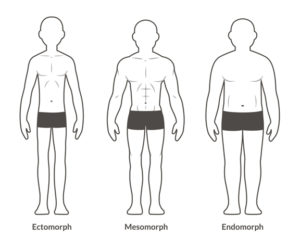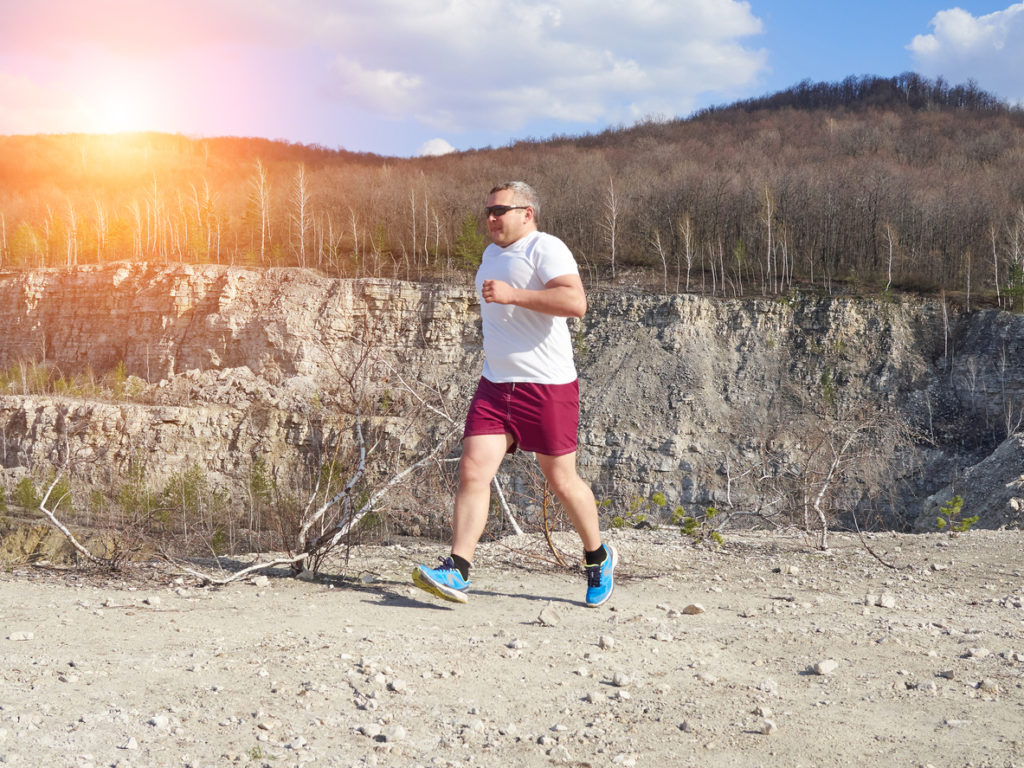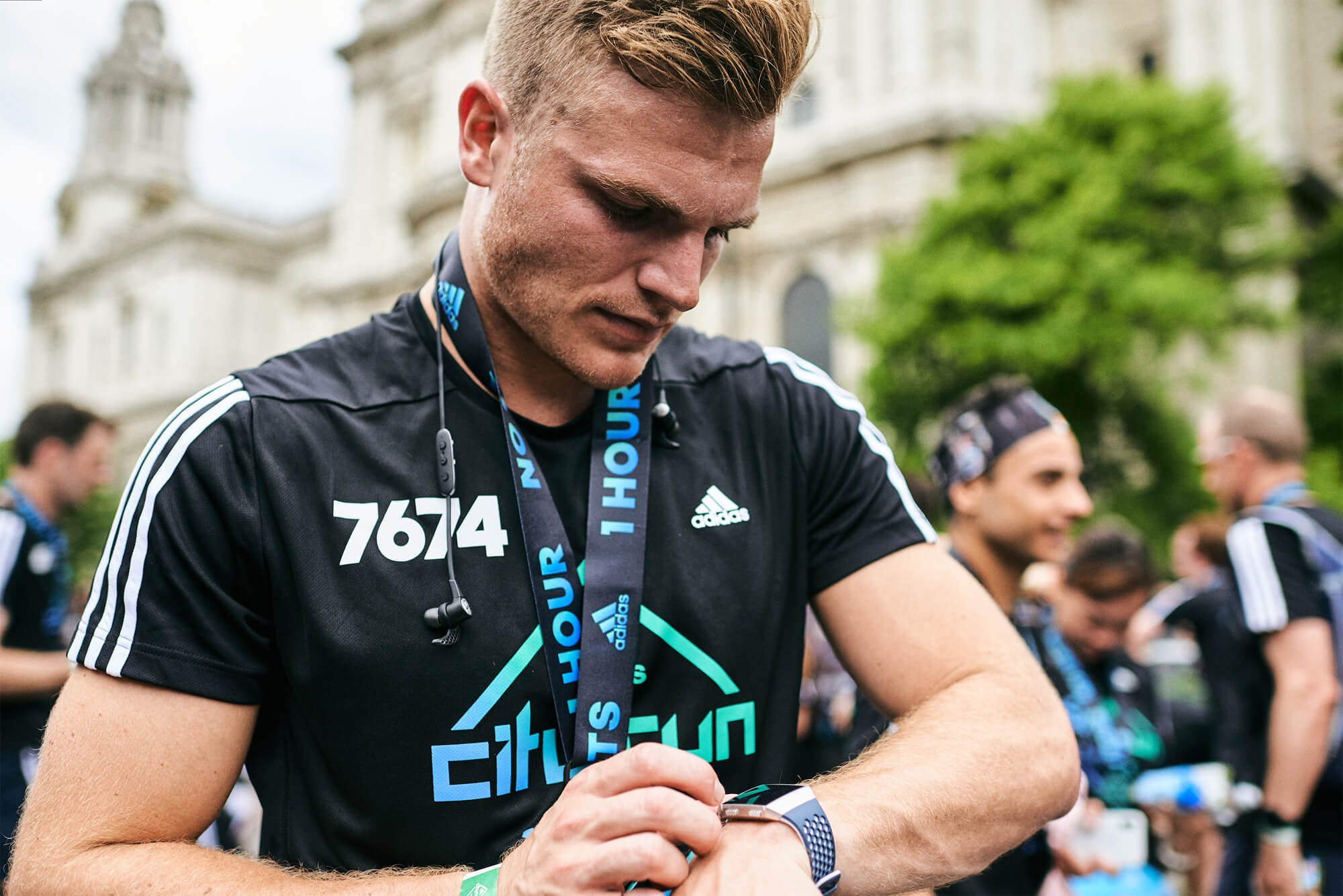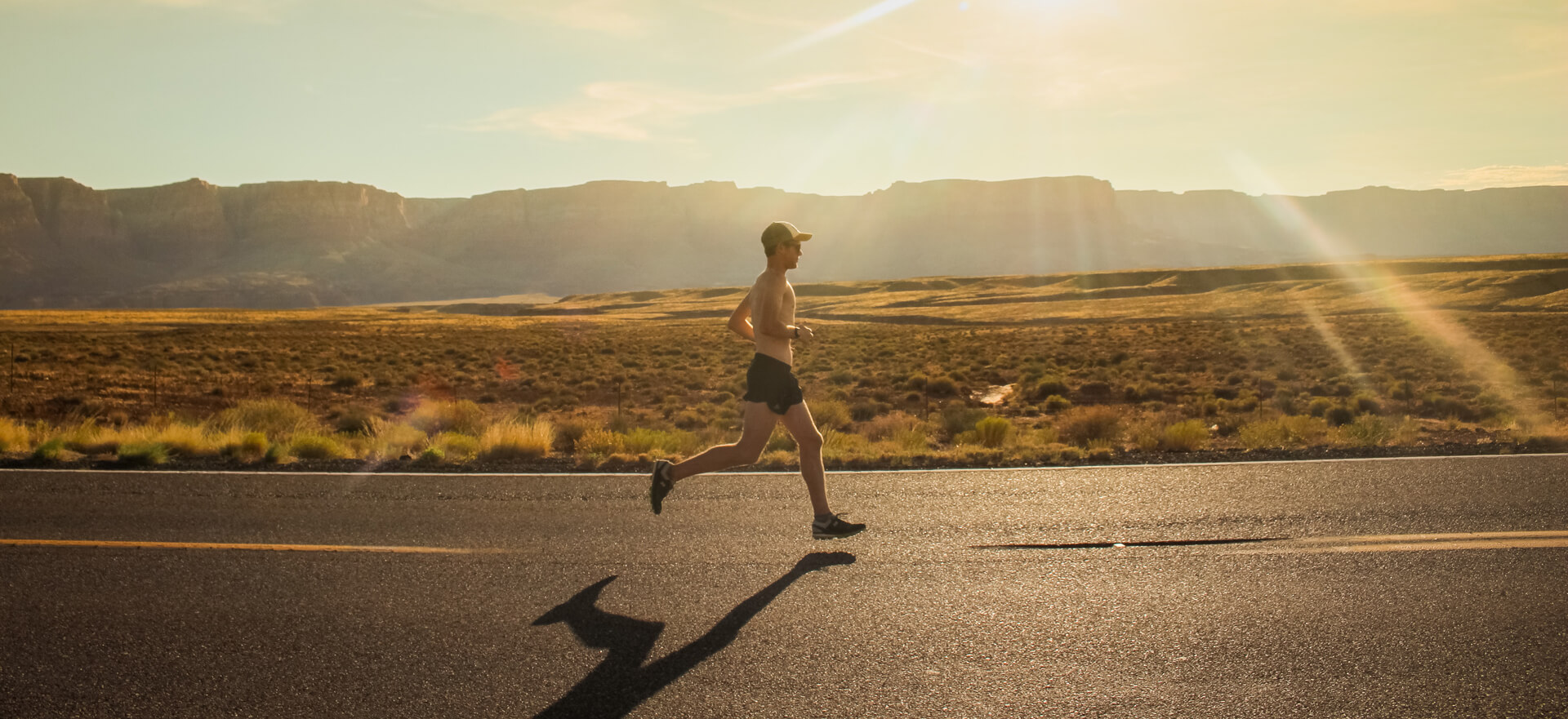Before you say “I’m not a natural runner” or “I’m not built to run,” have a think about all the different types of runner out there. Some are all legs and lungs; others are squat and muscular. Usain Bolt and Mo Farah have vastly different body types but both are incredible runners. How do you know which distance is right for you? And how do you know if you’re running the ‘wrong’ distance?
Many different things affect the type of runner we are ‘naturally’ – and the type of runner we’d like to be. Body shape, genetics, history of physical activity and motivation all play a part in shaping us as runners. That’s not to say we can’t transform from being one type of runner to another. But there are plenty of clues that can help us to determine which distances we’ll be best suited to.
It’s in the genes
Our DNA – our genes – are our blueprint for life and determine our physical structures. Are you born to run a marathon or are you a natural sprinter? A team of researchers based at Loughborough University led by Professor Jamie Timmons have developed a gene test that can help predict marathon running performance. They found more than 100 genes that determine how a person adapts to endurance training and that nearly a fifth of the population lacks this combination. Those who have the genes adapt really well to endurance training and can run faster for longer, while those that don’t have the genes won’t develop the same endurance capacity.

Body types
American psychologist William Sheldon popularised three broad ‘categories’ of body type in the 1940s: endomorph, mesomorph and ectomorph. The classic long-distance runner is typically ectomorphic (long and lean), while shorter-distance runners are typically more mesomorphic (bulky and muscular). There are, of course, some notable exceptions – St Kitts sprinter Kim Collins was very lean, for instance – but, as a general rule, it’s pretty accurate.
Fast twitch/ slow twitch
Being better suited to distance or speed is determined, in part, by the number of fast-twitch or slow-twitch muscle fibres we’re born with. Human muscle contains a genetically determined mixture of fast- and slow-twitch fibres and the blend of the mix can determine whether we are naturally fast and strong or slow and efficient. Fast-twitch muscles fibres contract quickly but get tired rapidly and don’t use oxygen to produce energy. Slow-twitch muscle fibres, by contrast, contract slowly but keep going for a long time and are a rich supply of oxygen. Fast-twitch muscle fibres can produce small amounts of energy quickly, whereas slow-twitch muscles can produce large amounts of energy slowly. In most people, the distribution is about 50-50, although elite sprinters and power athletes may have up to 80% fast-twitch fibres while elite endurance athletes may have up to 80% slow-twitch.
Nature vs. nurture
Despite physical characteristics, the type of training runners do definitely has a significant impact on what the clock says when they cross the finish line. Training is arguably the single most important factor determining running performance. When we run, we are placing our bodies under stress. That’s the point of regular training: we stress the body in a particular way, at different times, so that it learns how to deal with this stress and subsequently adapts. In doing so, when we do it again, it feels easier.
what type of runner are you?
1. What type of running do you most enjoy?
A. Going for a super slow plod and chatting to friends
B. Interval workouts, pitting yourself against the clock
in a controlled way
C. Anything fast, hard and furious
D. None of it
2. At school sports days, were you…
A. Not picked for anything
B. Competing in every event ranging from long jump to high jump to 400 metres
C. King/queen of the sprint race
D. Smoking in the bike shed
3. When you’re out running, you feel…
A. Like you can just keep on going and going. You’re in control
B. Anything under an hour is just great, it gets harder after that
C. Quickly puffed, tired and aching as distance increases
D. Dead
4. The majority of your training week is made up of…
A. Long steady runs
B. Gym sessions, mixed paced running and sustained efforts
C. Speed sessions and power workouts
D. Work
5. What body shape are you?
A. Thin, long and rangy
B. Stocky, muscular and powerful
C. Wider at the hips than the shoulders
D. Who cares?
6. When running…
A. You switch off and find solitude in time away
B. You lapse in and out of running concentration
C. You’d rather be racing someone!
D. You must be dreaming
7. A speed session on the track is…
A. Something to be avoided at all costs
B. Done occasionally for the training benefit
C. Perfect fuel for your running mojo
D. Unheard of
8. Your parents were…
A. Always out running
B. Active, healthy people but not runners
C. Games players
D. Mostly in the pub
Mostly As = slow and steady
You’re naturally an endurance animal. You love eating up the miles and going the full distance – the longer the better. You’re able to put yourself in cruise control and tap out the miles. You’re well suited to marathon and ultrarunning. You’re not so motivated by times or performance but love the journey as opposed to the destination.
Mostly Bs = all-rounder
You enjoy the variety of running and racing. You’re an economical runner but don’t respond well to long-distance training or enjoy long races. You are best suited to distances between 10K and half marathon. 10K is right up your street but the half is a great challenge. You’ve thought about a marathon but felt it’s a step too far.
Mostly Cs = fast and furious
Speed is your thing. You’re in your competitive element running 5Ks and shorter distance. You’re able to switch on the burners and produce a turn of speed, sometimes even a sprint finish. You haven’t got the stamina or motivation for longer distances but do enjoy the pain of pushing your limits over shorter distances.
Mostly Ds = wooden spoon
You rarely, if ever, run. Your trainers (an unsolicited gift) are gathering dust in the back of your cupboard and on those rare occasions you fish them out and go out for a plod, you don’t much enjoy it. There’s hope for you yet. Check out our beginners guide here: 5K & 10K Beginners Guide







